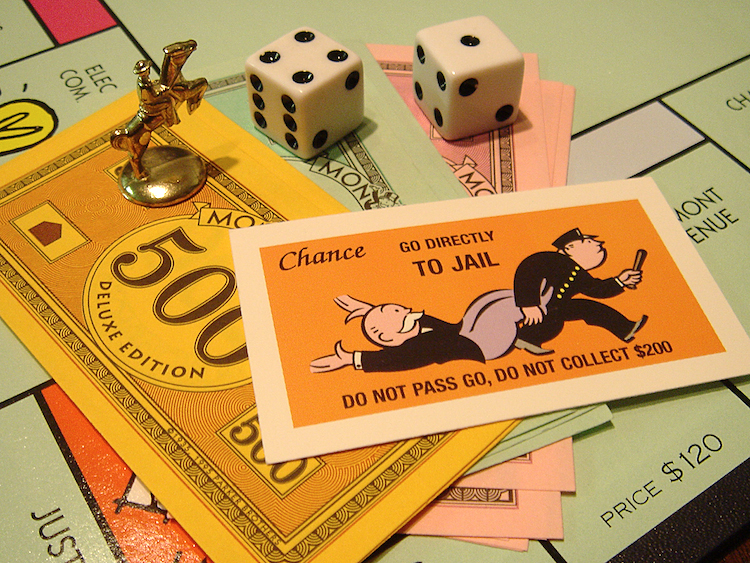 Blog
Blog
Private Prison Proposal would cost $1.5 billion
June 5, 2015Ducey’s Private Prison Proposal would cost $1.5 billion—alternative options save the state more than $500 million over two decades.
PHOENIX —Maricopa County Sheriff Joe Apario is right; Arizona does not need 3,000 more medium security beds through a private prison contractor. Arizona has the sixth highest incarceration rate in the country-and the highest in the Pacific and Mountain West region. High incarceration rates cost taxpayers and don’t necessarily bring added public safety, but do bring added costs.
On Tuesday and Wednesday this week key committees in the House and Senate will hear the Department of Corrections Budget proposal, including $5.3 million to begin funding toward 3,000 new medium-security beds. Says Dave Wells, research director of the Grand Canyon Institute, “The $5.3 million is a down payment on $100 million in planned expenditures on those through fiscal year 2018, and their annual cost will be in excess of $70 million. The nature of contracts with private prisons will require that the state spend that amount each year for the next 20 years, regardless of whether or not those beds are filled. In other words, this is a $1.5 billion proposal, not $5.3 million.”
The Ducey administration argues we have a current short-fall in medium security-beds, except unnecessary state policies drive up our prison population.
In March 2012, The Grand Canyon Institute released its report “Reducing Incarceration While Maintaining Public Safety: From Truth in Sentencing to Earned Release for Nonviolent Offenders.” Report author, Dave Wells, Research Director for the Institute, noted “Arizonan is the only state in the country that requires nonviolent offenders, regardless of risk or programs they complete while in custody, to serve at least 85 percent of their sentence behind bars. That’s neither cost effective nor best practice. Arizona can learn from other states that have moved toward earned release with appropriate community supervision and drug treatment and save between $30 and $73 million annually while maintaining public safety. Over 20 years that’s more than $500 million and possibly in excess of $1 billion in savings.”
The report gave three ways to approach reducing sentences which could impact up to one-fourth of those currently incarcerated by enabling them to more quickly earn release to supervised probation with in many cases needed drug treatment at far lower costs. Such actions would free up space, if more medium-security beds were needed.
Arizona would be wise to follow the concerns of the Utah Commission on Criminal and Juvenile Justice which in November 2014 released 18 proposals designed to “avert 98 percent of the anticipated growth in the prison population, avoid the need for 2,551 prison beds, and save taxpayers at least $542 million over the next two decades.”
The Grand Canyon Institute is a centrist think-tank founded in 2011 which works to elevate economic analysis of public policy in Arizona.
CONTACT:
Dave Wells, Ph.D.
Research Director, Grand Canyon Institute
(602) 595-1025 ext 3
dwells@azgci.org
Links to Resources: